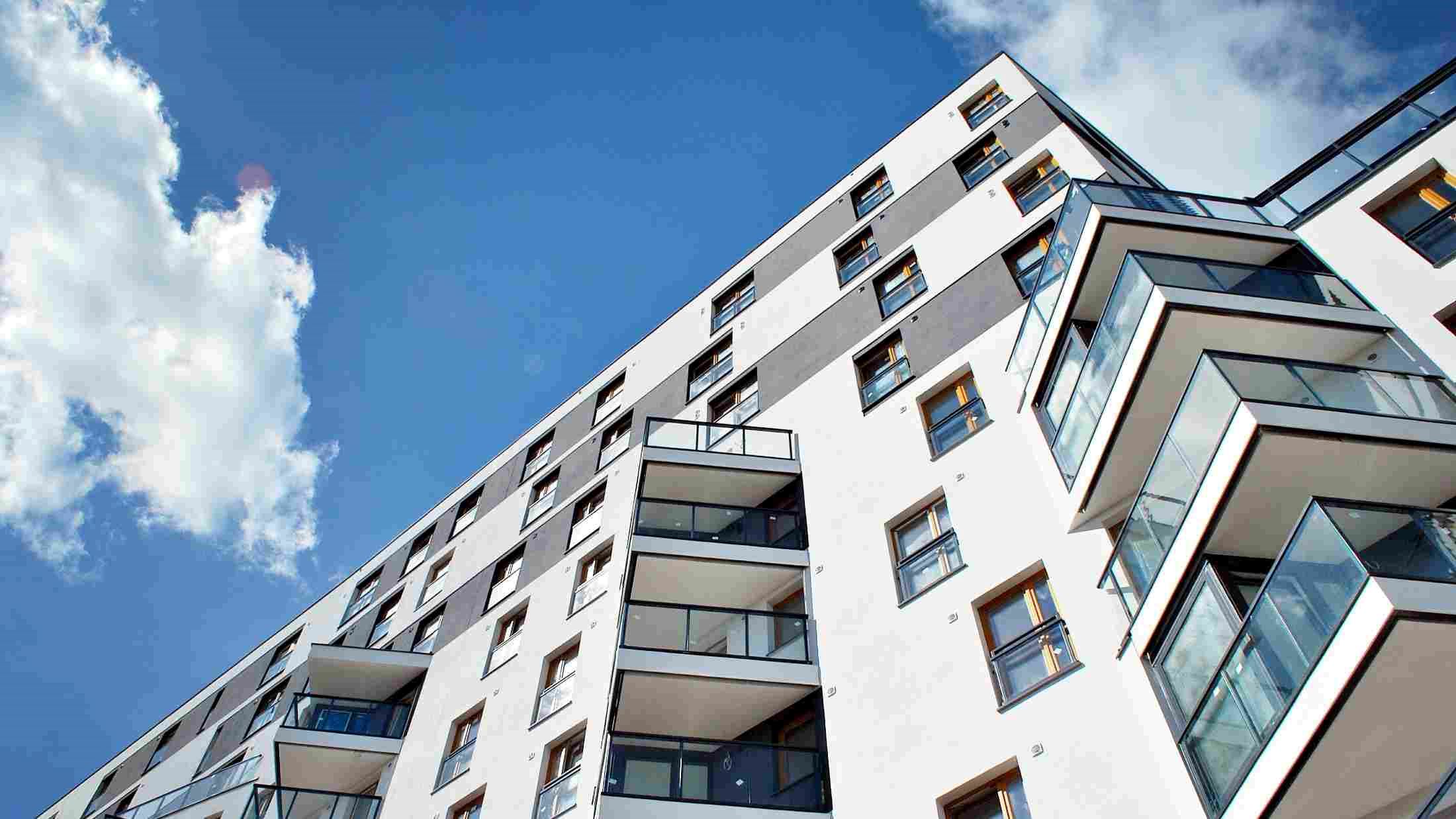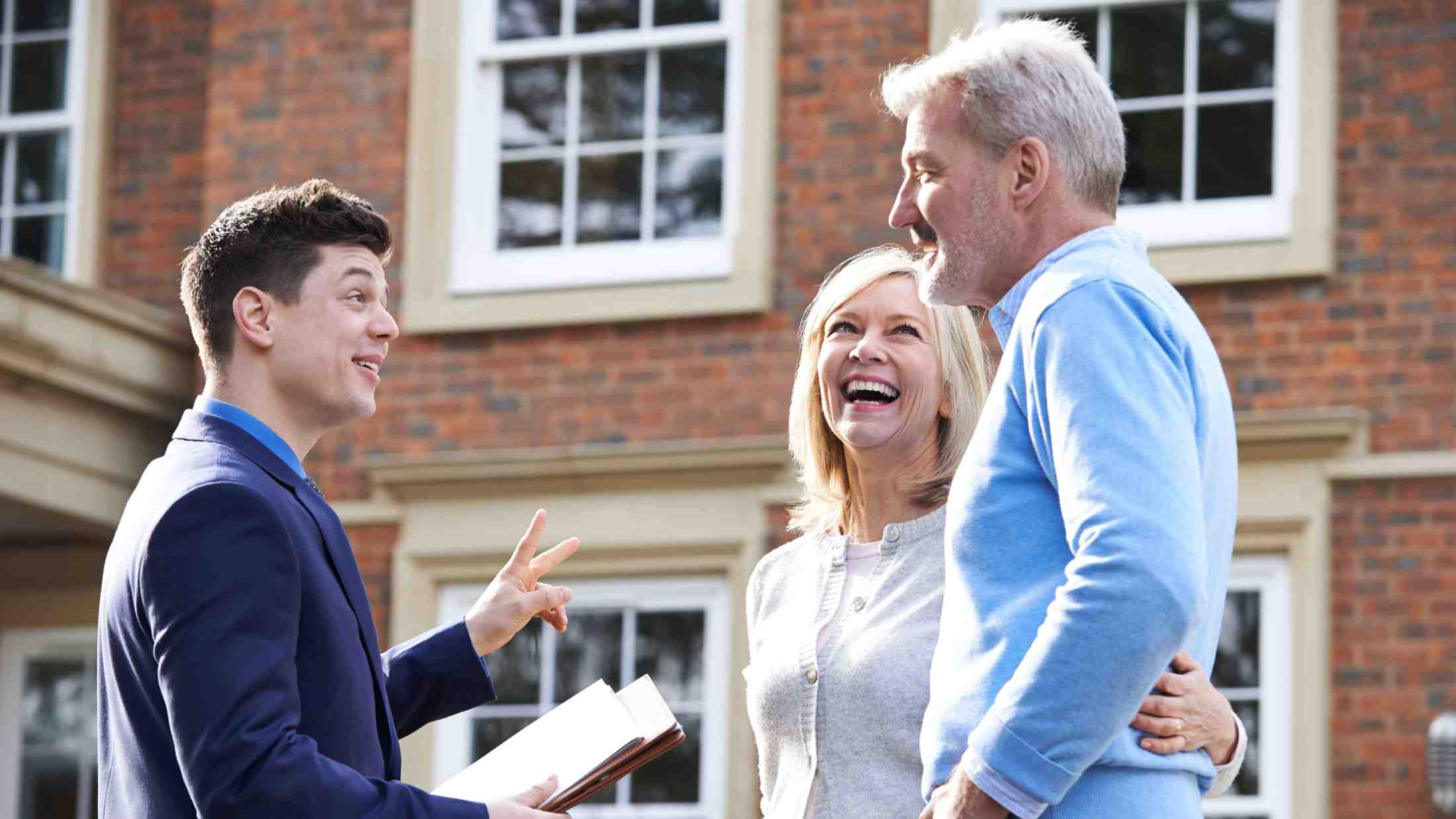Thinking of buying a new home? There’s plenty of things to think about, from location to number of bedrooms. But one thing you may not have considered is the difference between leasehold and freehold properties.
To help get you up to speed, this article will look at:
- What leasehold properties are
- How they’re different to freehold
- How to work out what’s right for you
What is a leasehold property?
While you’re browsing through homes on your favourite property website, you’ll have likely seen the term leasehold on a few of the listings.
Leasehold properties are pretty easy to get your head around. When you buy one, you’re buying the building, but not the land it’s built on. There are over 4 million of these homes in the UK. Usually, flats are sold as leasehold properties and you may come across the odd house or two that are as well.
As you don’t own the land with a leasehold, you enter into a lease with the landowner, hence the name. The length of the lease can be anywhere from a few years up to 999 years. So, when the lease ends, the ownership of the property returns to the landowner.
The laws around leaseholds are slightly different in Northern Ireland and Scotland. For Northern Ireland, you can find out more on Housing Rights and for Scotland you can look at Home Report Scotland.
How are freeholds different?
The other type of property on the market is freehold. When you buy a freehold property, you buy both the building and the land it is built on. So, you’ll own the house until you choose to sell it, and you won’t need to negotiate a lease with anyone.
Typically, houses will be freehold properties, although you may find some flats are also sold on as freehold.
Is leasehold right for me?
Buying a property is a big deal, and the decision on leasehold vs freehold may well come down to your situation. If you’re looking to buy a flat in a city, it’s likely that you’ll be looking at a leasehold property.
There are some benefits to this. Buying a flat in a larger building usually means that the common areas are managed by the building’s management company. So, you won’t be left out of pocket for any damage to these areas. However, the other side of this is that you’ll have to pay a monthly fee as part of your lease. It’s also typically the landowner’s responsibility to insure the building, so you won’t need to worry about that either. Although it’s a very good idea to get contents insurance to protect your valuables.
Another thing to keep in mind is the length of the lease. You’ll want to avoid leases that have less than 80 years as you’ll probably find it difficult to sell the property as the lease reaches its end. While you can extend the lease, this can become more expensive as it comes to the end of the agreement. You may also struggle to get a mortgage for a leasehold property with less than 80 years on it.
Although the government is trying to make it easier and cheaper to extend leases, it’s still best to avoid this situation in the first place. Your best bet is to look for properties that have a leasehold agreement of at least 99 years.
Getting on the property ladder
Hopefully you now have a better understanding of what a leasehold is. There are plenty of benefits that come with this type of property, but the decision is ultimately down to you. At AXA we want you to feel safe in your home. So, if you’re looking at leasehold properties, why not take a look at our contents insurance. With brand new replacements1 for lost and stolen items, you can feel assured that we’ve got you covered.
1 Subject to a valid claim. Excess applies. Repair or cash may be offered. Terms and conditions apply.









